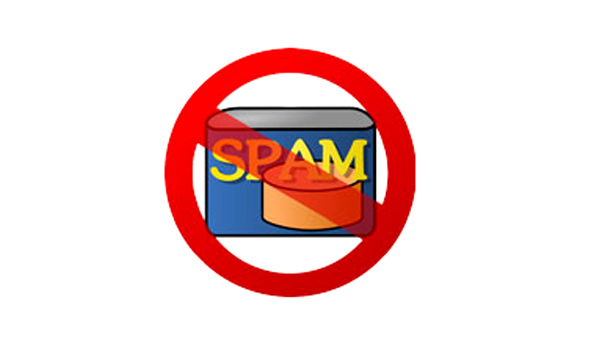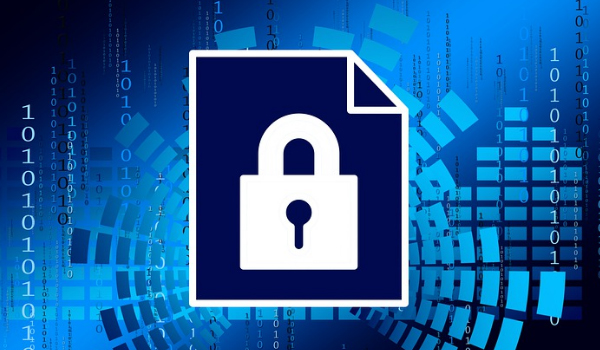Deep Packet Inspection (DPI)
Deep packet inspection, also known as DPI, is a process of filtering or information extraction from a network packet.
Updated: December 5, 2023

Deep packet inspection, also known as DPI, is a process of filtering or information extraction from a network packet. The data part and the header of an information packet transmitted through the inspection point of a network is evaluated in it.
It helps filter out any non-compliant information, such as viruses, spam or other intrusions, as defined by the criteria of the DPI policies. Deep packet inspection can also be used to route a packet to another direction. Older packet filtering methods just read packet headers, deep packet inspection extracts, and the content whereas network packets can be detected, categorized, blocked, or reroute with deep packet inspection.
The information of a packet can be examined and the specific application or service that sent it can be identified with deep packet inspection. Policies can also be programmed to look for and reroute network traffic from a certain online service like social media networks or a specific IP address range.
An intrusion detection system (IDS) and a stateful firewall are basic elements of deep packet inspection (DPI).
Deep packet inspection (DPI) can help improves network security, stops data leakage, enables content control and helps with compliance.
Users need to clearly define objectives and policies, ensure legal and regulatory compliance, consider data minimization, regular audits, data encryption, network segmentation, employee training and regular updates for implementing DPI.
Benefits of deep packet inspection (DPI)
- Network Security
- Content Filtering
- Quality of Service (QoS) Management
- Bandwidth Management
- Application Visibility
- Policy Enforcement
- Traffic Analysis
- User Authentication and Access Control
- Preventing Data Leakage
- Optimizing Network Performance



